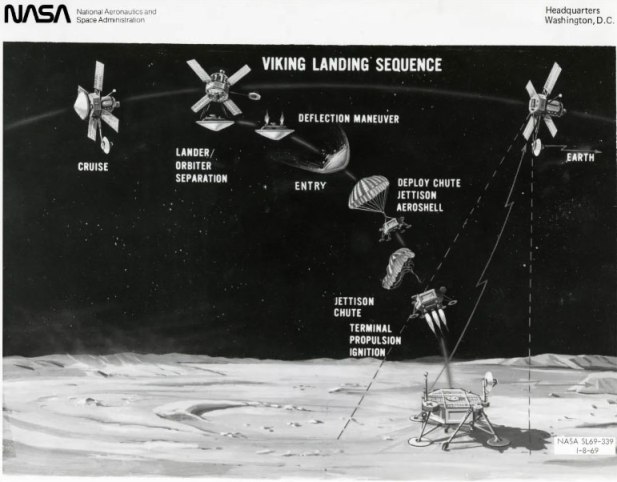Originally designed as a technology demonstration to perform up to five experimental test flights over 30 days, the first off-planet vehicle operated on Mars for nearly three years, completed 72 flights, and flew more than 14 times farther than planned while recording more than two hours total flight time.
NASA’s historic Ingenuity Mars helicopter completed its mission on the Red Planet, exceeding expectations and completing dozens more flights than planned. Although the helicopter remains upright and in contact with ground controllers, images of its flight sent back to Earth this week show that one or more of its rotor blades were damaged during landing and it is no longer capable of flight.

Ingenuity landed on Mars on February 18, 2021, attached to NASA’s Perseverance rover and lifting off the Martian surface for the first time on April 19, proving that powered, controlled flight on Mars is possible. After completing four more flights, it began a new mission as an operations demonstration, serving as an aerial reconnaissance mission for scientists and the drivers of the Perseverance rovers. The helicopter conducted two successful flight tests in 2023, which further expanded the team’s knowledge of its aerodynamic capabilities.
Ingenuity has been upgraded with the ability to autonomously select landing sites in hazardous terrain, deal with a failed sensor, clean up after dust storms, operate from 48 different airfields, make three emergency landings, and survive the cold Martian winter. Designed to operate in the spring, Ingenuity was unable to run its heaters all night during the coldest periods of winter, causing the onboard computer to periodically freeze and reboot. These “power outages” required the team to redesign Ingenuity’s winter operations in order to continue flying.

Landing on Mars is a difficult task in itself, one that has challenged engineers for decades. Mars poses a unique challenge for potential landers because it has a relatively large mass and a thin but substantial atmosphere that is quite dense.
So spacecraft are placed inside a streamlined aeroshell with a protective heat shield to prevent fire in order to slow down quickly enough for landing. The situation is even worse for larger exploration vehicles such as Perseverance, which weighs 2,260 pounds (1,025 kg). Fortunately, over the decades, engineers have developed several ingenious landing techniques to allow a spacecraft to survive the entry, descent, and landing (EDL) period.
The Viking landers landed on Mars in 1976 using heat shields, parachutes and deceleration rockets. Despite the use of large parachutes, the large Viking landers fired retro rockets at the end to land at a safe speed. This complex combination has accompanied almost every mission since then, but subsequent missions have introduced innovations in the landing segment.
The 1997 Mars Pathfinder mission added airbags, combined with parachutes and retro rockets, to safely land on the surface of Mars. Three strong “petals” then ensured the lander’s vertical position upon landing on the ancient floodplain. The Opportunity and Spirit missions used a very similar method to place their rovers on the surface of Mars in 2004. Phoenix (2008) and Insight (2018) actually used Viking-style touchdown passes.

The large and heavy Curiosity rover required additional power to safely land the car-sized rover, so a new “Sky Crane” deployment system was successfully used in 2012. After an initial descent using a massive heat shield and parachute, powerful retrorockets completed slowing the spacecraft to about two miles per hour.
The Sky Crane then lowered the rover safely to the surface of Mars using a strong tether. Having completed its job, the Sky Crane flew away and made an emergency landing at a safe distance. Having proven the effectiveness of the Sky Crane system, NASA used the same method to attempt a safe landing of Perseverance in February 2021.





